March 3
Ven. Maria Concepción Cabrera de Armida (aka, la Conchita)
Although by papal privilege today’s saint died a consecrated religious, she was a wife and mother of a large family whom God favored with many supernatural graces. She is also a great model for all Christians in whatever state of life.
María Concepción Cabrera de Armida (aka, la Conchita) was born in San Luis Potosi, Mexico, on December 8, 1862, the seventh of nine children born to wealthy landowning parents. During her childhood, Maria was a sickly girl, so sick she always had to have a nurse attend to her.
At the same time, however, she began to experience supernatural graces. She would see the baby Jesus come into her room to play. Or she would see the devil in the form of an old hideous creature or some unknown animal.
Proponents of her beatification cause says these visions were due more than anything to the pious mortifications Conchita practiced. For instance, from a very young age, she would prickher fingers with pins to share in the pains of Our Lord’s Passion. She was also a contemplative soul who was much given to prayer. This is why she receive her First Holy Communion on her tenth birthday, which was a relatively young age (at the time the average age for reception was 12-14). It was about this time that her formal schooling stopped, as well.
While she may have become a saint (we await the Church’s judgment), she sure didn’t start off that way. As she admitted, “I disobeyed my parents, I beat my siblings, I stole sweets and fruit.”
When Conchita turned 13, as was the custom for young ladies during this period, she made her debut in society. She attended dances held by the wealthy families of San Luis and went to the theater. But while she would attend these social gatherings at night, during the day, this girl with the strong yet affectionate character worked to master both the domestic arts of the household and horseback riding (she was an excellent equestrian). She would also help the peasants on her parents’ farm. (Her mother made her do it, at least at first.)
And while she attended the dances, she didn’t like to. She was repulsed by how pompous and pretentious they seemed to her. She only went because her parents forced her to.
Dislike them though she did, one good thing came out of them. She met her husband Francisco de Armida at one.
“I was introduced [to him] at a ball,” she later recalled. “He came to dance with me, and I could not say a word. Then he told me very quietly he loved me. I had never imagined myself capable of having a sweetheart, so I kept quiet. Then I watched as tears rolled from his eyes. He said he was suffering because I did not want him. This softened me, and I replied, ‘Is that why? Is there anything else? Well, I love you, so do not suffer for such a little thing!’”
Thus began a nine-year courtship. The couple actually wanted to marry right away, but her parents thought 13 was too young (although at the time, girls this young did become brides). So they got engaged and waited. During this period, they exchanged love letters, spiritual letters, spiritual poems, and kept chaste. Francisco was said to have been a “perfect gentleman.”
Some are puzzled she chose marriage over being a nun. Never once did Conchita consider becoming a religious, despite the best efforts of her uncle, a priest. She simply thought she was unworthy of such an amazing way of life. Instead she wished to marry and have many children and serve God in that way.
Indeed she wrote, “Lord, I feel so unable to love You, so I want to get married. Give me many children so they will love You better than I.”
Conchita later revealed, “To me courtship never bothered me in the sense that dating somehow impeded my spiritual life by making me less focused on God. I found it so easy to join both together. At bedtime and when I was alone, I thought of Pancho [a diminutive of “Francisco”] and then the Eucharist, which was my delight. Every day I would receive Holy Communion, and I would go see him afterward. The thought of Pancho did not keep me from my prayers. I dressed and got made up only to please him. I went to the theaters and dances with the sole purpose of seeing him. Everything else did not matter to me.”
At this time in her life, besides being extremely sensitive, modest, and loving, the naturally beautiful and thin girl was very vain. She wore makeup and the best dresses and the finest jewelry she could find.
This changed one day, however. Her beloved brother Manuel was showing her his pistol, and accidentally shot himself and died. The impact this tragedy had was to drive her to a life of simplicity.
My heart has been my execution because of its affection, even though on the outside it seems cold and indifferent. I have loved much, I have been very sensitive. Poor Jesus, how many hindrances to His love has He found in my poor soul.
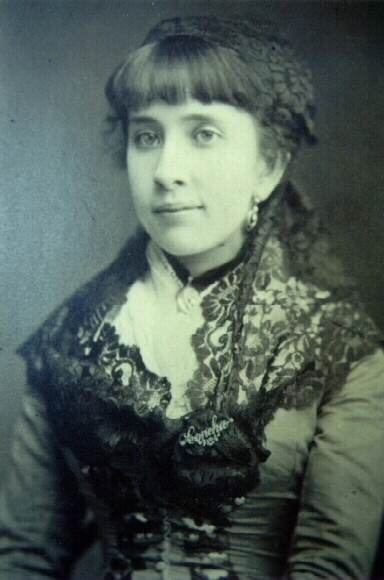
Finally at age 21, she and Francisco married. During her toast to him at their reception, she jokingly told him to not be jealous because every day she wanted to meet another man. That is, she wanted to meet the Son of Man in the Eucharist. He accepted and even encouraged this throughout their married life. And it was a good, loving marriage by all accounts, despite Francisco being very controlling and even a bully at times. Still, through her love and gentle persuasion, he was a completely changed man by the time he died, to the amazement of their family. Furthermore he always urged her on in her spiritual activities.
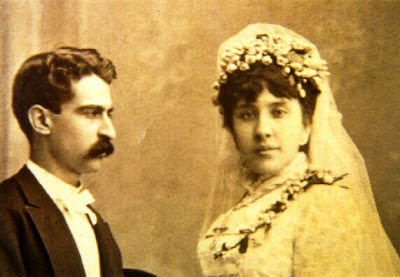
For instance, when he saw her writing, he would ask, “Conchita, what is that you write? Is it about spiritual things? Well, I do not understand these things, so continue.”
She did a lot of writing. A lot. Her total oeuvre amounts to more than 66,000 handwritten pages. Interestingly her children later recounted they couldn’t remember their mother writing. She devoted most of her time to people.
What she did write, however, includes the following, as true now as when it was written roughly 100 years ago:
To love the Church is not to criticize her, not to destroy her, not to try to change her essential structures, not to reduce her to humanism, horizontalism, and to the simple service of a human liberation. To love the Church is to cooperate with the work of Redemption by the Cross and in this way obtain the grace of the Holy Spirit come to renew the face of this poor earth, conducting it to its consummation in the design of the Father’s immense love.
The Armida’s first son came a year and a month after the marriage. During her labor with him, she offered God all her children and grandchildren.
Their next child was also a boy whom they named Carlos. Sadly, the tyke died at age 6, and Conchita was beside herself with grief. She gave away all of his clothes except for one outfit. But sometime later, during a novena, she felt called to give away even that. It was at this moment that a poor child walked by. She called to him and not only gave him the outfit but dressed him in it herself.
She heard Our Lord asking her. “Who do you want to see? Carlitos or Me?” Somehow conquering her pain, the young mother replied, “You, Lord, even though I will not see my child until eternity.” It was at this point that the Lord initiated her into a variety of graces and mystical experiences.
When her next son Manuel was born, a priest had just died. She offered Manuelito to the Lord to take Father’s place. Seventeen years later, Manuel entered the Society of Jesus.
When he wrote his mother to tell her he had discerned a priestly vocation, she wrote back, “Give yourself to the Lord with all your heart, and do not hold anything back! Forget about creatures and forget especially about yourself! I cannot imagine someone consecrated to God who is not a saint. One cannot give only half of oneself to God. Be generous with Him!”
Even as she had these babies and six others, Conchita began attending the spiritual exercises of the Secular Franciscans.
All told, she was a normal wife and mother, only one with a rare inner life. And she would need it considering the sacrifices Our Lord would eventually require.
In the meantime, she led a very sedate lifestyle. Every day she rose at dawn and prayed while wearing her “Roses” (a crown woven from roses with the thorns turned in to disguise her penances). Next she attended Mass, came home and prepared breakfast for the family, completed her household chores, then did embroidery for the poor and sewing for family and friends, did some spiritual reading, visited the Blessed Sacrament, prayed the Rosary with the staff, made an examination of conscience, visited the sick and orphaned, homeschooled her children, and cared for her husband. Then in her spare time, she …
Maybe this is what prompted her to write:
I carry within me three lives, all very strong: family life with its multiple sorrows of a thousand kinds, that is, the life of a mother; the life of the Works of the Cross with all its sorrows and weight, which at times crushes me until I have no strength left; and the life of the spirit or interior life, which is the heaviest of all, with its highs and lows, its tempests and struggles, its light and darkness. Blessed be God for everything!
Not surprisingly, God would require much of this graced soul (cf. Luke 12:48). In a locution, He said, “Ask Me for a long-suffering life and to write a lot… That’s your mission on earth.”
On January 14, 1894, by she believed was divine inspiration, she carved with a knife and a hot iron the IHS monogram on her breast above her heart. When carving this, Conchita, driven by a mysterious force, said in prayer, “Jesus Savior of men, save us, save them!”
After this, she started to experience many penances, some of which were—by any stretch of the imagination—extreme. For instance, she gave no reaction when a beggar spat in her face. He told her it was to fulfill her promise and was a means for her to atone for her sins. On the Saturday night before Holy Week, 1894, she experienced what some call an inner stigmata, where she experienced intense pain. It was so bad, she was confined to bed for days. But on Holy Thursday, she got up, went out and found a poor, aged woman, brought her to her home, fed her, and washed her feet.
Then that Easter Sunday, she had a vision in church where she saw a shining cross of light. In its center was the Heart of Jesus pierced by a lance and the Holy Spirit descending on it.
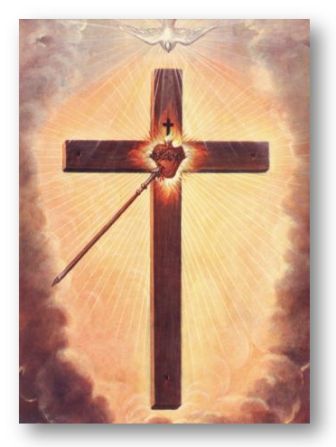
This was the birth of her major work, the Apostolate of the Cross. Jesus explained to her, “The cross is the salvation of mankind. On it is My pierced heart and for it and through it the Spirit inflames hearts.”
Furthermore, He said, “This Cross will chase away the devil. It will spread warmth and life. It will cure souls and bodies and do many miracles.”
According to one website, “The Apostolate of the Cross is an organization whose members unite their sufferings with the sufferings of Christ in order to save souls. The Lord revealed to her an order of contemplative nuns dedicated to this life and a congregation of men that would share this message of the cross for the salvation of souls, to the whole world. This is also shared with the lay man and woman in the Love Crucified Communities who seek to live the spirituality of Venerable Conchita as victim souls to do God’s will for the glory of the Father.”
The Lord also said about her mission, “I will entrust to you a different martyrdom: You will suffer what the priests undertake against Me. You will experience and offer up their infidelity and wretchedness.”
She communicated her vision for the apostolate to her spiritual director and then to her friend, the local bishop. Both approved this proposed devotion to the Sacred Heart as being profitable for the Church. Conchita then commissioned an oil painting of her vision, and soon copies were found throughout Mexico, including on Tepeyac Hill, site of the Guadalupe visions.
The bishop – Ven. José Ramón Ibarra y González – approved the apostolate in 1895, and during a trip to Rome three years later, he obtained approval for the work from the Holy See. Then the Mexican bishops asked her to form an order of priests. Pope St. Pius X approved of this and gave the order its name, the Missionaries of the Holy Spirit.
The year 1901 saw great tragedy for her. On September 11, her husband took ill with typhus. The next day, she was praying her “roses” and, despite the fear in her heart, she offered everything to God’s will. On the 15th, she thought she heard Jesus tell her, “Either him or Me. Choose.”
What a choice! Because of her love for her husband, she cried, “Both, Lord!” and there ensued a tremendous inner struggle as she imagined her young children growing up without a father. Her oldest was just 16.
But after shedding many tears, she wept, “You, Lord. I prefer You to my own soul. Whatever You want. Only have mercy!”
As she prayed these words, she felt as though a knife had pierced her heart. But she also felt a tremendous peace and strength in doing so.
Two days later, at age 43, Francisco surrendered his soul to God. Conchita was 39. Days later, she had an interior sense that the Lord had freed Pancho’s soul from purgatory. She also sensed He was now setting her on a new path.
Sadly it was a path strewn with even more loss. She almost lost her daughter Concha at age six months. The girl would die a cloistered religious at age 35 before her mother left this world. Manuel became a priest in Spain and never saw his mother again. Her son Pablo died at age 18 in 1913. And at age 6, her son Pedro died by drowning in the backyard pool. (Likely he died after Pancho’s death.)
All of this suffering she united with the cross (cf. Col 1:24).
Not long after Pancho’s death, Conchita met the Servant of God Fr. Felix Rougier. Together they formed the Works of Mercy and would collaborate together for the rest of their lives.
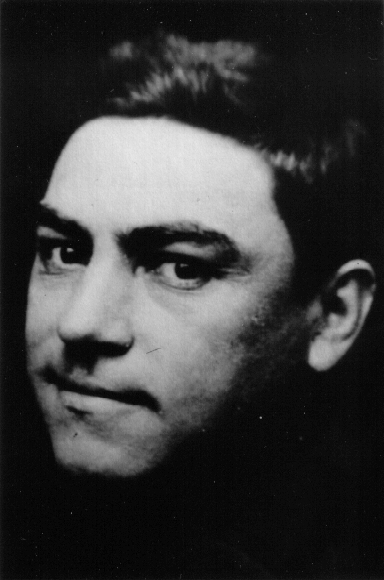
After a life filled with sacrifice and good works for the Lord, Conchita contracted bronchial pneumonia in early 1937. She passed away from the disease on March 3. She was 74.
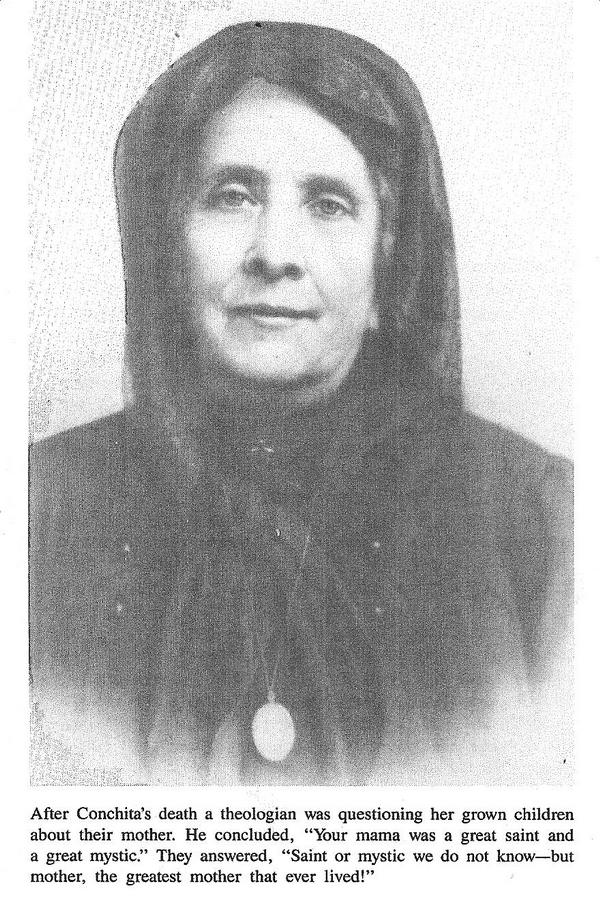
Conchita’s penances and mortifications may seem odd or even extreme by our standards. However, while such practices are generally no longer recommended, keep in mind that like any person throughout history, she was influenced by the social and religious environment in which she lived. Had contemporaries known her spiritual practices, they would have admired them, not judged them, as we do today.
Also focusing on her extreme mortifications and penances and mystical interactions with the divine misses the point. The essence of her spiritual life was the great love she had for Jesus, Priest and Victim, a love for which she held nothing back.
She left a legacy of total self-donation, and as such she is a great saint not only for our age, but for any epoch.

Pingback: Venerable Concepcion Cabrera de Armida | CatholicSaints.Info
I felt very happy when finding this article because as a young adult I learned for the first and only time about Conchita. I fell in love with her, an example of love to the Lord. And I remember reading on a little pamphlet that when she carved the IHS monogram on her breast she had a vision of Jesus and when she showed him this “extreme” act of love Jesus (or Jesús for us latin americans) show her His chest and teared the flesh off showing His live beating heart that had her name written on it: Conchita. That has stayed with me since: a feeling of love and passion that I felt that day.
LikeLike
In and through Conchita’s sufferings, with images here shown, filling up ..”what is lacking in the sufferings of Christ for His Body…” Col., 1: 24 (my motto) encourages me. Sister
LikeLike
Yes, Sister, Conchita was an amazing example of a saint because she so clearly showed us an example of Christ. God bless you in your vocation, dear, and let us keep one another in our prayers.
LikeLike
Wow. I came across this article not half an hour after reading a chapter of a book about Praxedes Fernandez, Servant of God. The third last page I read mentions Praxedes burning the sign of the Cross into her heart with a hot iron!
Both these women I had never heard of but are much needed encouragement for me at this time. Thank you so much for your article!
LikeLike
You’re quite welcome! Glad it helped. That’s the purpose.
LikeLike
I have had a deep devotion to Conchita for over 18 years and used her writings in my own book and blog. She shows us particular fruits and charisms of the feminine heart: that love and suffering typically go together. She learned to let the mysteries of the Cross overwhelm and form her life personally so she could intercede for others and particularly for the Church and priests in her era in Mexico when the Church was in crisis.
LikeLiked by 1 person
Pingback: How to Let the Mystery of the Incarnation overwhelm our lives! | WORD of the Vine